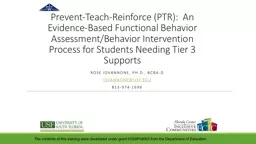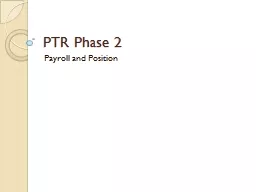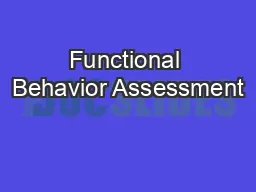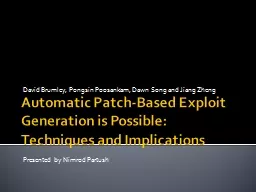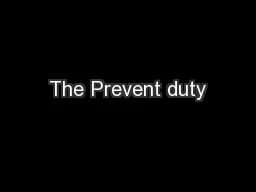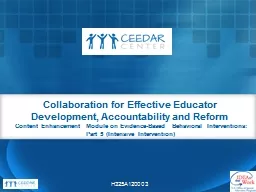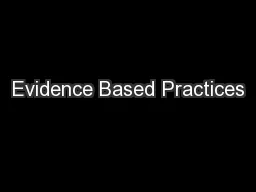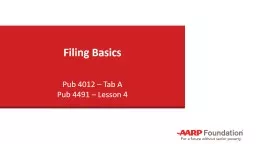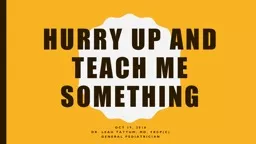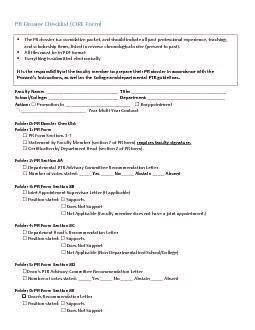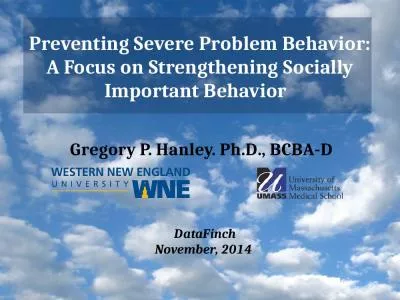PPT-Prevent-Teach-Reinforce (PTR): An Evidence-Based Functional Behavior Assessment/Behavior
Author : projoutr | Published Date : 2020-06-16
Rose Iovannone PhD BCBAD iovannoneusfedu 8139741696 The contents of this training were developed under grant H324P04003 from the Department of Education Agenda Overview
Presentation Embed Code
Download Presentation
Download Presentation The PPT/PDF document "Prevent-Teach-Reinforce (PTR): An Evide..." is the property of its rightful owner. Permission is granted to download and print the materials on this website for personal, non-commercial use only, and to display it on your personal computer provided you do not modify the materials and that you retain all copyright notices contained in the materials. By downloading content from our website, you accept the terms of this agreement.
Prevent-Teach-Reinforce (PTR): An Evidence-Based Functional Behavior Assessment/Behavior: Transcript
Download Rules Of Document
"Prevent-Teach-Reinforce (PTR): An Evidence-Based Functional Behavior Assessment/Behavior"The content belongs to its owner. You may download and print it for personal use, without modification, and keep all copyright notices. By downloading, you agree to these terms.
Related Documents

